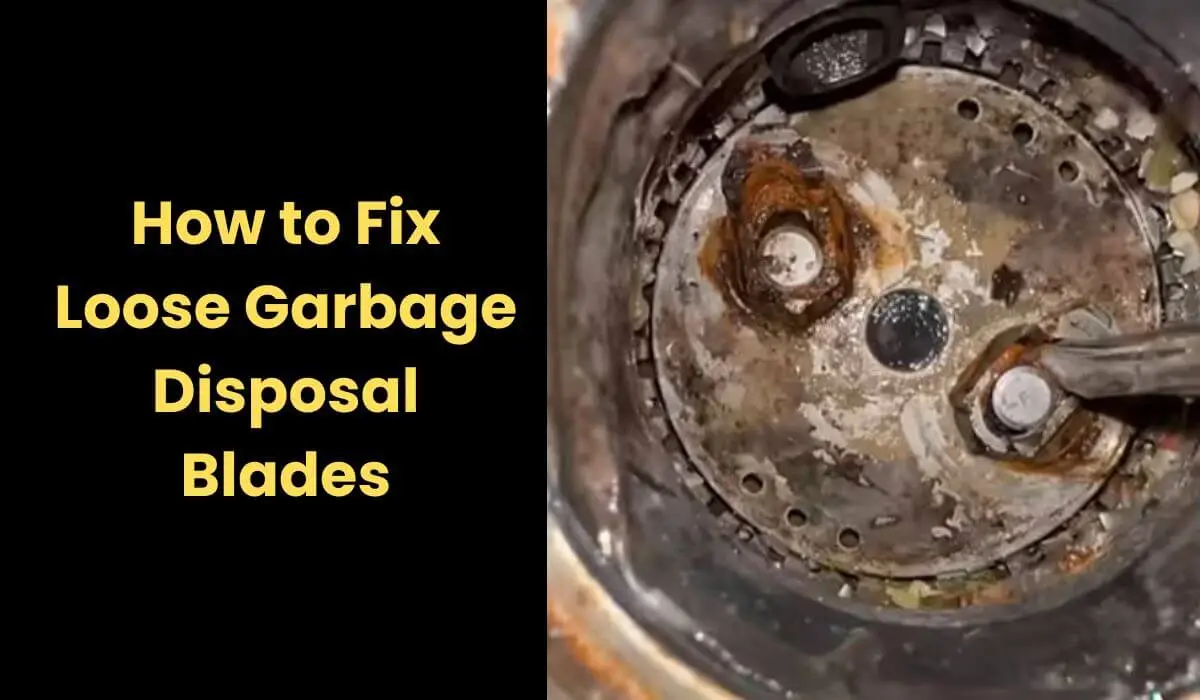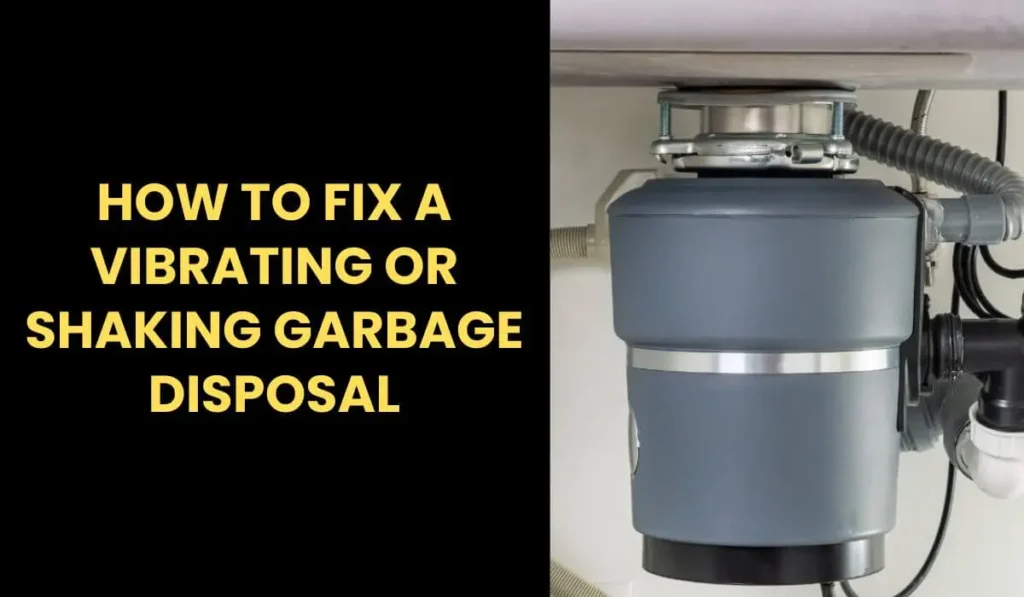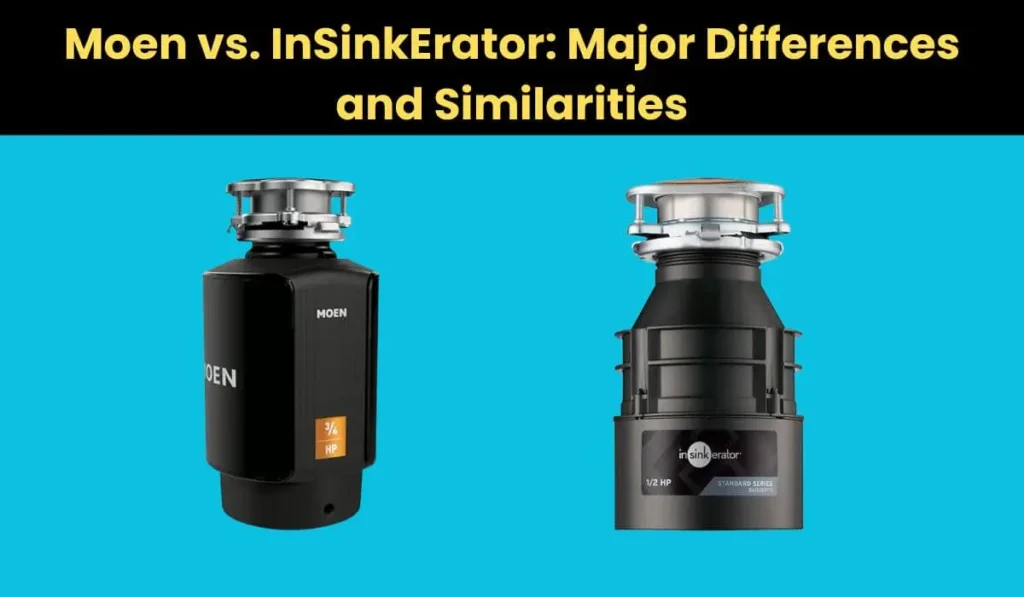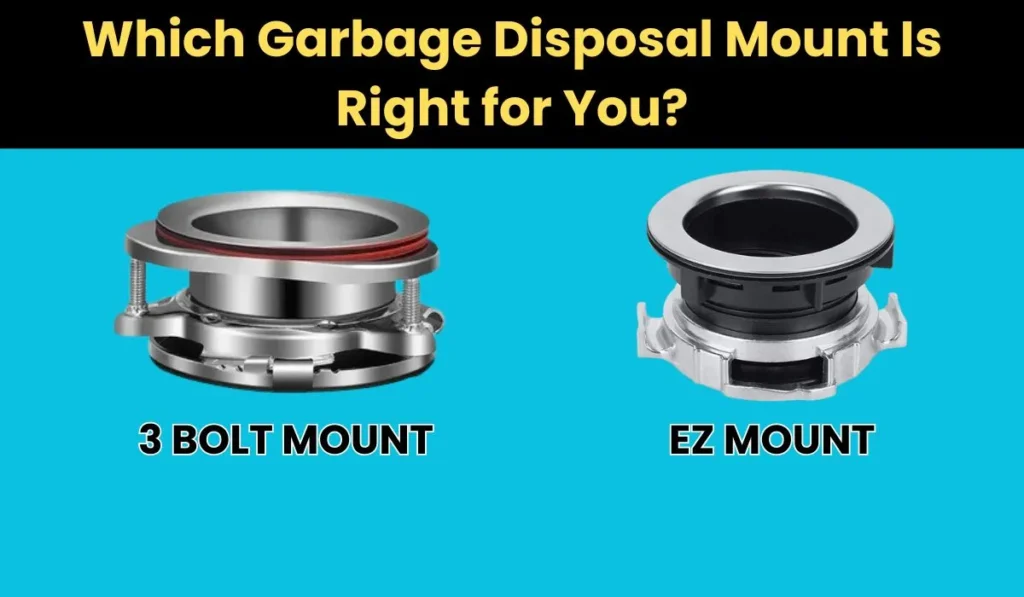How to Fix Loose Garbage Disposal Blades
A well-functioning garbage disposal helps manage food waste efficiently, preventing clogs and keeping your sink clean. However, loose garbage disposal blades are a common issue that can disrupt this convenience. If you notice unusual noises, reduced grinding efficiency, or even a burning smell, it’s likely that your garbage disposal blades are loose. Addressing this issue promptly is vital to prevent further damage and maintain the efficiency of your disposal unit.
Garbage disposals don’t actually have blades. Instead, they use free-moving lugs, also known as hammers, attached to a rotating impeller to hurl food waste against shredder rings, which break it down. Many people mistakenly refer to these lugs as blades, either out of misunderstanding or to simplify explanations.
Understanding Your Garbage Disposal
To fix loose garbage disposal blades, it’s essential first to understand how your garbage disposal works. A garbage disposal is an electrically powered device installed under the kitchen sink between the drain and the trap. It grinds food waste into tiny particles that can easily pass through plumbing. The primary components include a motor, impellers , and shredder rings.
The impellers are crucial as they hurl food waste against shredder rings, which further break it down.
Identifying Loose Blades
Recognizing the symptoms of loose garbage disposal blades can save you from extensive repairs. Common symptoms include:
- Unusual noises: If you hear a rattling or clinking sound when the disposal is running, the blades might be loose.
- Reduced grinding efficiency: Food waste takes longer to break down, indicating the blades aren’t functioning correctly.
- Vibration: Excessive vibration when the unit is running can also signal loose blades.
Several factors can cause blades to become loose. Over time, regular use can lead to wear and tear. Hard objects like bones or utensils accidentally dropped into the disposal can also dislodge the blades. When you notice these signs, it’s time to address the issue to prevent further damage to your disposal unit.
How to Loosen Garbage Disposal Blades

If your disposal is jammed or clogged, loosening the blades can help free any debris stuck in the grinding chamber. This can restore functionality and prevent further damage.
Here’s an unconventional but effective method to fix them.
Tools Needed
- Spare rib bones (or chicken bones/ice)
- Screwdriver
- Disposal wrench (optional)
Step-by-Step Guide on loosening the blades safely
- Turn Off the Power: Ensure the garbage disposal is disconnected from the power source.
- Insert Bones: After enjoying a rack of ribs, use the bones to dislodge the blades. Insert three rib bones into the disposal. The bones will knock against the blades as the disposal runs, helping to free them. If rib bones are unavailable, you can try using chicken bones or ice. However, rib bones are more effective due to their strength.
- Run the Disposal: Turn on the disposal and let it run for about 30 seconds. Cover the disposal opening to prevent any debris from flying out.
- Check Blade Movement: After turning off the disposal, use a screwdriver to check if the blades can now move freely. If successful, both blades should be dislodged and able to move.
Also Check: Are Garbage Disposals Universal?
What to Do If There Is a Clinking Sound Coming Out of the Garbage Disposal
A clinking sound coming from your garbage disposal can be alarming. Typically, this noise indicates that something hard, such as a piece of metal or bone, is trapped in the grinding chamber. It’s crucial to address this promptly to avoid damaging your disposal.
Troubleshooting Steps to Resolve the Noise
- Turn Off the Power: Always ensure the garbage disposal is turned off and disconnected from the power source before inspecting it.
- Inspect the Disposal: Look inside the disposal using a flashlight. Check for any foreign objects like utensils, bones, or debris.
- Remove the Obstruction: If you see an object, use tongs or pliers to remove it carefully. Never use your hands directly.
- Use a Disposal Wrench: Insert a disposal wrench into the bottom hole of the unit and turn it back and forth to free any stuck debris.
- Run Water and Test: After removing the obstruction, run water through the disposal and turn it on to see if the noise is gone.
Preventative Measures to Avoid Future Issues
- Regular Cleaning: Clean the disposal regularly by grinding ice cubes and citrus peels to keep it fresh and free of buildup.
- Avoid Hard Objects: Never put bones, metal utensils, or other hard objects in the disposal.
- Use Cold Water: Always run cold water while using the disposal to solidify any grease or oil, preventing clogs and noise.
Conclusion
Fixing loose garbage disposal blades can be simple if you follow the exact same steps discussed above. Start by checking for symptoms like odd noises or reduced grinding power. Always ensure safety by turning off the power before accessing and tightening the blades. Regular maintenance helps prevent problems and makes your disposal last longer. Clean it regularly, avoid putting hard objects down the disposal, and use cold water while running it.
FAQ’s
The Author

I’m Muhammad Nabeel Dar, an employee in waste management and the owner of Garbage Waste Disposal with more than four years of experience helping people to control waste and garbage disposals are the best tools to control it. Read more







